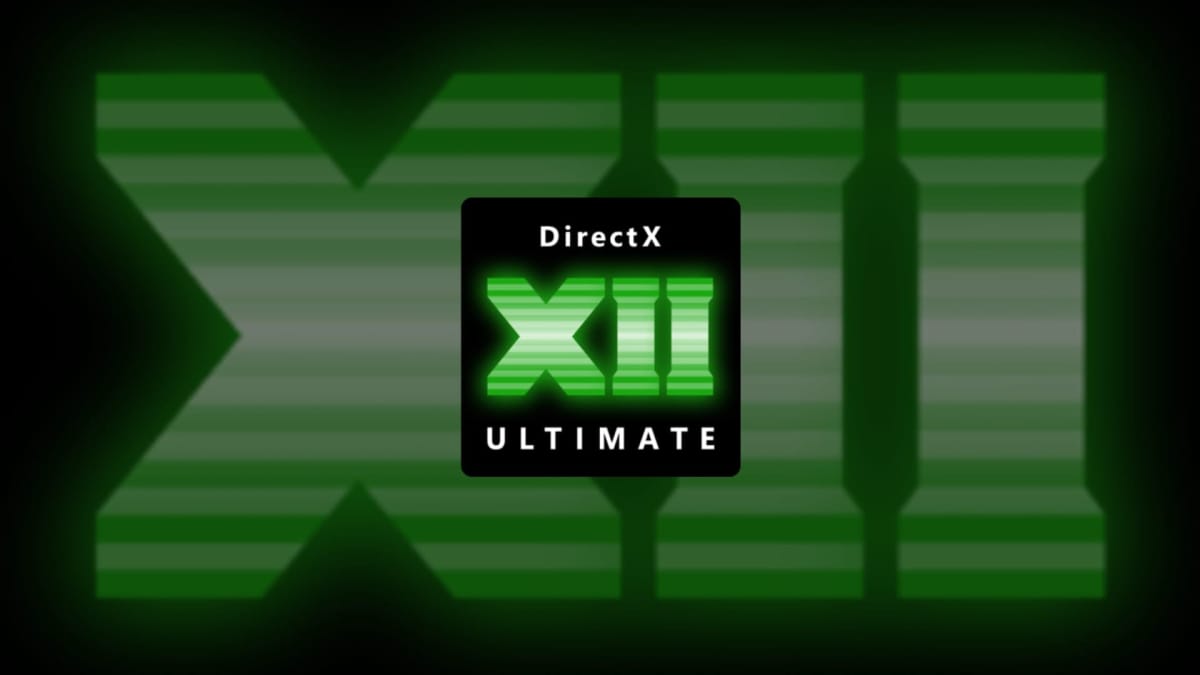Microsoft has announced DirectX 12 Ultimate, the next generation of its powerful graphics API.
DirectX has powered plenty of PC and console games, and the next generation is just around the corner. A dev blog from Microsoft has detailed what we can expect to see in the future.
To start, DX12 Ultimate will debut DirectX Raytracing 1.1 which adds several new capabilities for developers. Simply put, it should be easier and more efficient for game devs to use raytracing in more scenarios.
Variable Rate Shading (VRS) is kind of like texture streaming; devs can dial-up (or dial down) a game's shaders in order to highlight the important bits and de-emphasize the less important bits. This means that resources aren't wasted on shading unimportant background objects and developers can do much more with what they have.

Which Graphics Cards Support DirectX 12 Ultimate?
Several other new technologies are also being deployed, but there's one concern that gamers might have: what about the graphics card I own now? The good news is that DirectX 12 Ultimate will be backwards compatible, meaning you won't have to buy a new card in order to play games that use DX12. You will, however, need a new card if you want to take advantage of some of these newer features.
Speaking of new cards, both NVIDIA and AMD have respectively announced how they will be implementing this tech. If you own NVIDIA GeForce RTX graphics cards, you should be all set to use DX12. As for AMD gamers, the company indicates that it will be fully supported in their upcoming AMD RDNA 2 architecture.
DirectX 12 Ultimate has likely been in developers' hands for a while now. While we might not see it in action for some of the PS4 and Xbox Series X launch titles, it's sure to step things up a notch once it gets more widespread. One hopes, however, that we don't have a repeat of the "Windows Vista ready" debacle.
What do you think of DirectX 12 Ultimate? Do you think these new upgrades will significantly change gaming? Let us know in the comments below!






